Outerlimits Adventure is sponsoring a 3-day accredited Remote and Wilderness First Aid Course in Paluma
October 19-22, 2018
at the Paluma Adventure Centre (High Ropes Facility)
$670 pp incl. meals, accommodation
Jason Taylor from Category 5 Emergency Care is coming to Paluma to teach a Standard Wilderness and Remote First Aid course.
Sam and Aline have done multiple courses with Jason already and highly recommend them to anyone who likes to adventure and maybe even works outdoors, especially in remote areas. So we have teamed up with Jason and we are bringing you the Standard R.A.W First Aid course to Paluma.

We will spend the weekend at the Adventure Centre in Paluma and stay at the Adventure House. Meals will be provided, please let us know if you have any dietary requirements.
What is R.A.W First Aid?
Category 5 offers a unique training course specific to North Queensland and is delivered under our remote area training division SOS (Specialised Outsdoor Survival). Remote and Wilderness First Aid designed for those who work and play in the outdoors. While “Senior” First Aid Courses give you great basic skills and knowledge, they don’t account for being a long way from help.
RAW First Aid differs significantly from standard first aid courses that are oriented toward the urban environment. RAW first aid will give you extended knowledge and skills to deal with situations that may occur whilst in a remote location. We prepare students for emergency situations that involve prolonged patient care, severe environments and improvised equipment. Our courses are scenario based which means you get hands on experience to prepare you for the real thing. They are fun, practical and very comprehensive. We use stage makeup and blood to give the realistic effect and a true outdoor experience.
These courses are perfect for Outdoor Professionals, Mine sites, Camping, Scuba Diving Professionals and anyone who works or plays in the outdoors.
Topics include:
- Introduction & Medical Legal Issues
- Patient Assessment & Basic Life support
- Traumatic Injuries
- Spinal Injury (including clearing a spinal injury in the field)
- Head Injury
- Bleeding and Wound Management
- Musculoskeletal Injuries (including relocating dislocations and angulated fractures)
- Environmental Injuries
- Bites & Stings
- Medical Emergencies
- Common problems
- Adult CPR/EAR Urban and Remote Specific
- AED – Defibrillation
For bookings please call Sam 0421484211 or send us an email info@outerlimitsadventure.com.au
Visit the website for more details

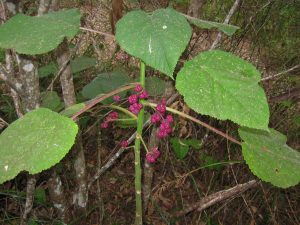
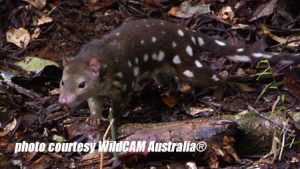 For the past 9 months, the Australian Quoll Conservancy has been surveying the Paluma area in search of Spotted-tailed Quolls, presumed extinct in the area since the 1930’s however confirmed sighting reports have floated in the 60’s as well in 1984.
For the past 9 months, the Australian Quoll Conservancy has been surveying the Paluma area in search of Spotted-tailed Quolls, presumed extinct in the area since the 1930’s however confirmed sighting reports have floated in the 60’s as well in 1984.

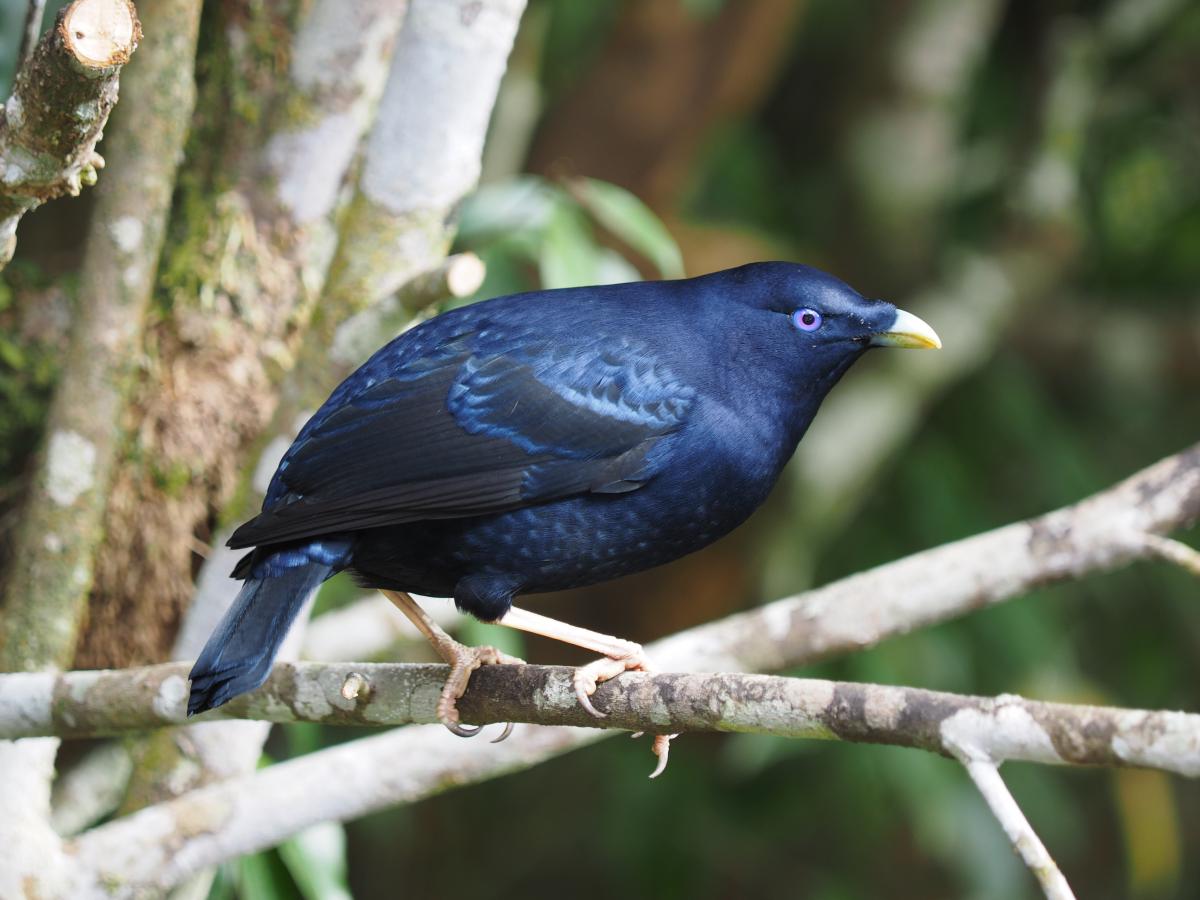
.jpg)
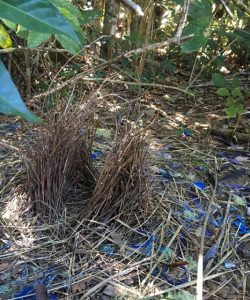
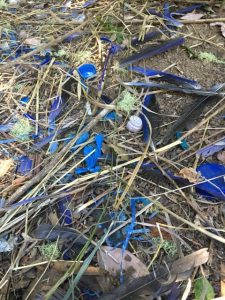
 This superb specimen of Cattleya orchid belongs to Paluma residents Michael and Donna Drew. The beautiful mauve, deep purple and yellow blooms are long lasting and Michael says that these flowers first opened in early July.
This superb specimen of Cattleya orchid belongs to Paluma residents Michael and Donna Drew. The beautiful mauve, deep purple and yellow blooms are long lasting and Michael says that these flowers first opened in early July.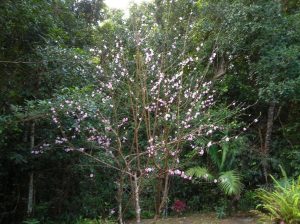 Several gardens in Paluma have peach trees which are at present coming into bloom. Buds are swelling along the slender branchlets, with many flowers already open. Another week, (it is 12 July at the time of writing), should see the trees densely covered in delicate pink blossoms. Unless heavy rain washes the blossom off, the tree will display its beauty for up to three weeks. Tiny fruit will begin forming which will swell and ripen in the summer months but Bush Rats and White-tailed Rats will have eaten most of them well before then.
Several gardens in Paluma have peach trees which are at present coming into bloom. Buds are swelling along the slender branchlets, with many flowers already open. Another week, (it is 12 July at the time of writing), should see the trees densely covered in delicate pink blossoms. Unless heavy rain washes the blossom off, the tree will display its beauty for up to three weeks. Tiny fruit will begin forming which will swell and ripen in the summer months but Bush Rats and White-tailed Rats will have eaten most of them well before then.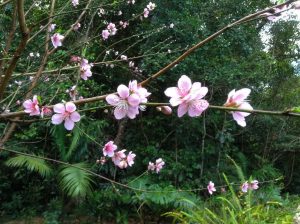 The peach is a deciduous tree and looks bare and straggly for a few months during the year, until mid- winter, but is worth growing for its sheer beauty during the flowering period.
The peach is a deciduous tree and looks bare and straggly for a few months during the year, until mid- winter, but is worth growing for its sheer beauty during the flowering period.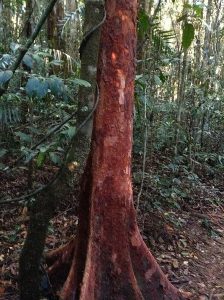 is one rainforest tree that can be unmistakably recognised by its bark. The bright red/orange papery bark stands out like a glowing beacon in the surrounding greens of the forest. The flakes of bark are thin, soft and translucent.
is one rainforest tree that can be unmistakably recognised by its bark. The bright red/orange papery bark stands out like a glowing beacon in the surrounding greens of the forest. The flakes of bark are thin, soft and translucent.
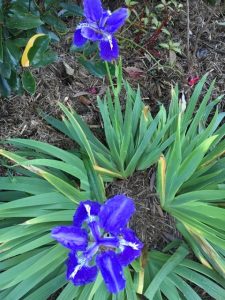
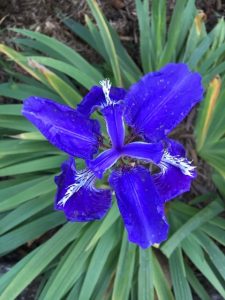 The leaves are light-green in colour and sword-shaped. The flowers attract bees and other insects which are important for pollination. Iris plants flower between June and August and after flowering they produce an ellipsoid seed capsule with black-brown seeds.
The leaves are light-green in colour and sword-shaped. The flowers attract bees and other insects which are important for pollination. Iris plants flower between June and August and after flowering they produce an ellipsoid seed capsule with black-brown seeds.